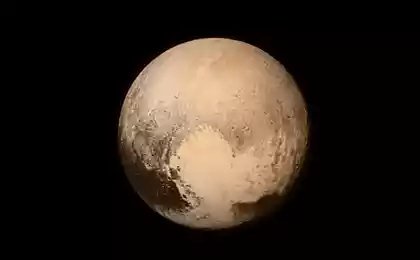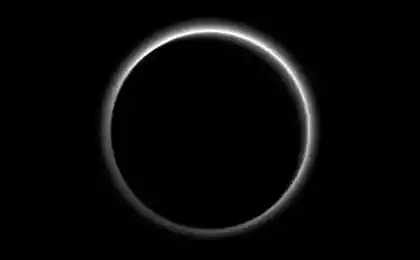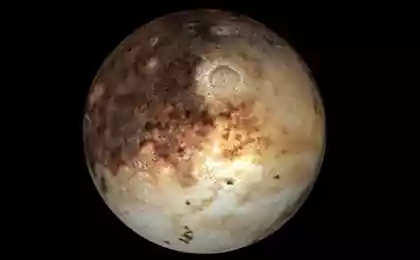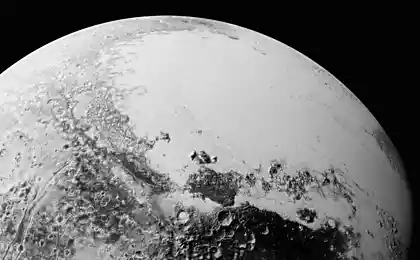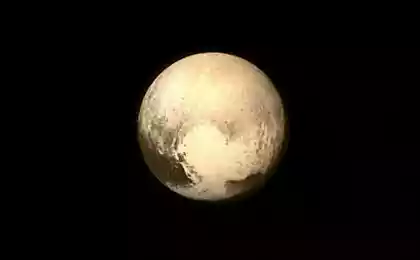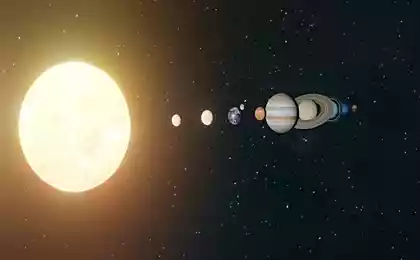157
The fascinating expanses of Pluto
A week and a half ago, the New Horizons probe, designed to study the dwarf planet Pluto and its satellite Charon, began an intensive transfer of collected scientific data to Earth. It will take about a year to send all the accumulated information, but now the US National Aeronautics and Space Administration (NASA) publishes some unique images of Pluto.
The published images capture the fascinating expanses of the dwarf planet. In particular, you can consider the majestic ice mountains, streams of frozen nitrogen and low-lying fogs.
NASA emphasizes that when viewing the images, the impression of the presence of Pluto in orbit is created. Moreover, the local species closely resemble the Arctic landscapes on Earth.
In total, the New Horizons station will have to transmit tens of gigabytes of accumulated data to Earth. This is information from cameras, spectrometers, a meter of parameters of particles of the solar wind and other onboard instruments.
New Horizons’ core science program has been completed. In the future, the probe can study the trans-Neptunian object 2014 MU69 from the Kuiper belt. published
P.S. And remember, just changing our consumption – together we change the world!
Join us on Facebook and VKontakte, and we are also in Odnoklasniki
Source: vk.com/wiki_inventions
The published images capture the fascinating expanses of the dwarf planet. In particular, you can consider the majestic ice mountains, streams of frozen nitrogen and low-lying fogs.
NASA emphasizes that when viewing the images, the impression of the presence of Pluto in orbit is created. Moreover, the local species closely resemble the Arctic landscapes on Earth.
In total, the New Horizons station will have to transmit tens of gigabytes of accumulated data to Earth. This is information from cameras, spectrometers, a meter of parameters of particles of the solar wind and other onboard instruments.
New Horizons’ core science program has been completed. In the future, the probe can study the trans-Neptunian object 2014 MU69 from the Kuiper belt. published
P.S. And remember, just changing our consumption – together we change the world!
Join us on Facebook and VKontakte, and we are also in Odnoklasniki
Source: vk.com/wiki_inventions
Tesla demonstrated in Frankfurt powerful electric car Model S P90D
What to sow mustard in the greenhouse?
